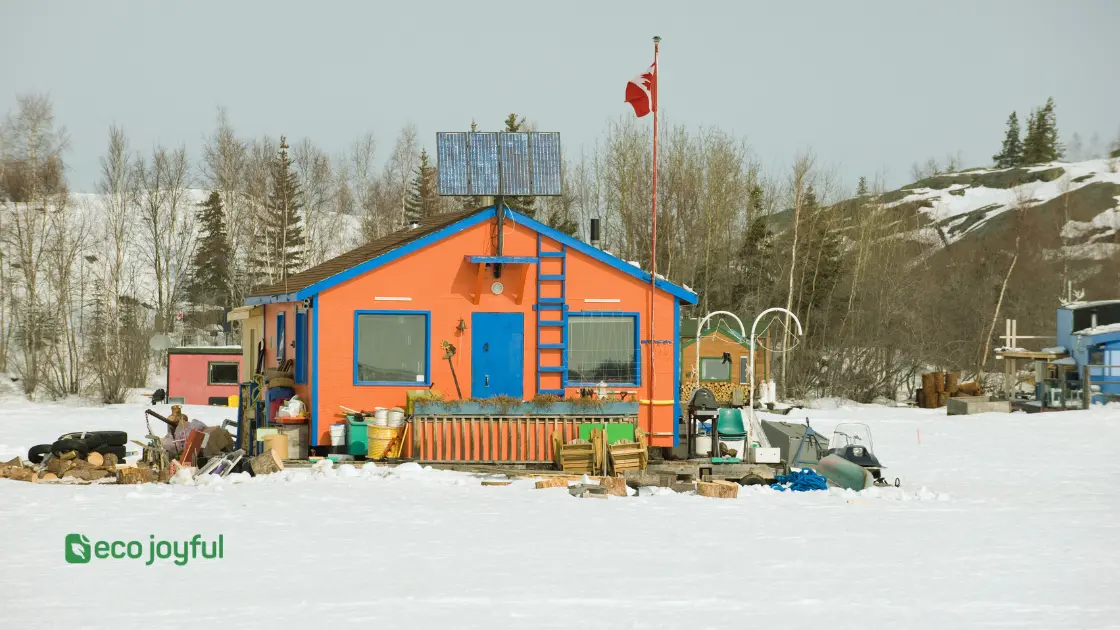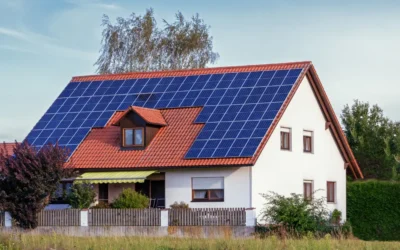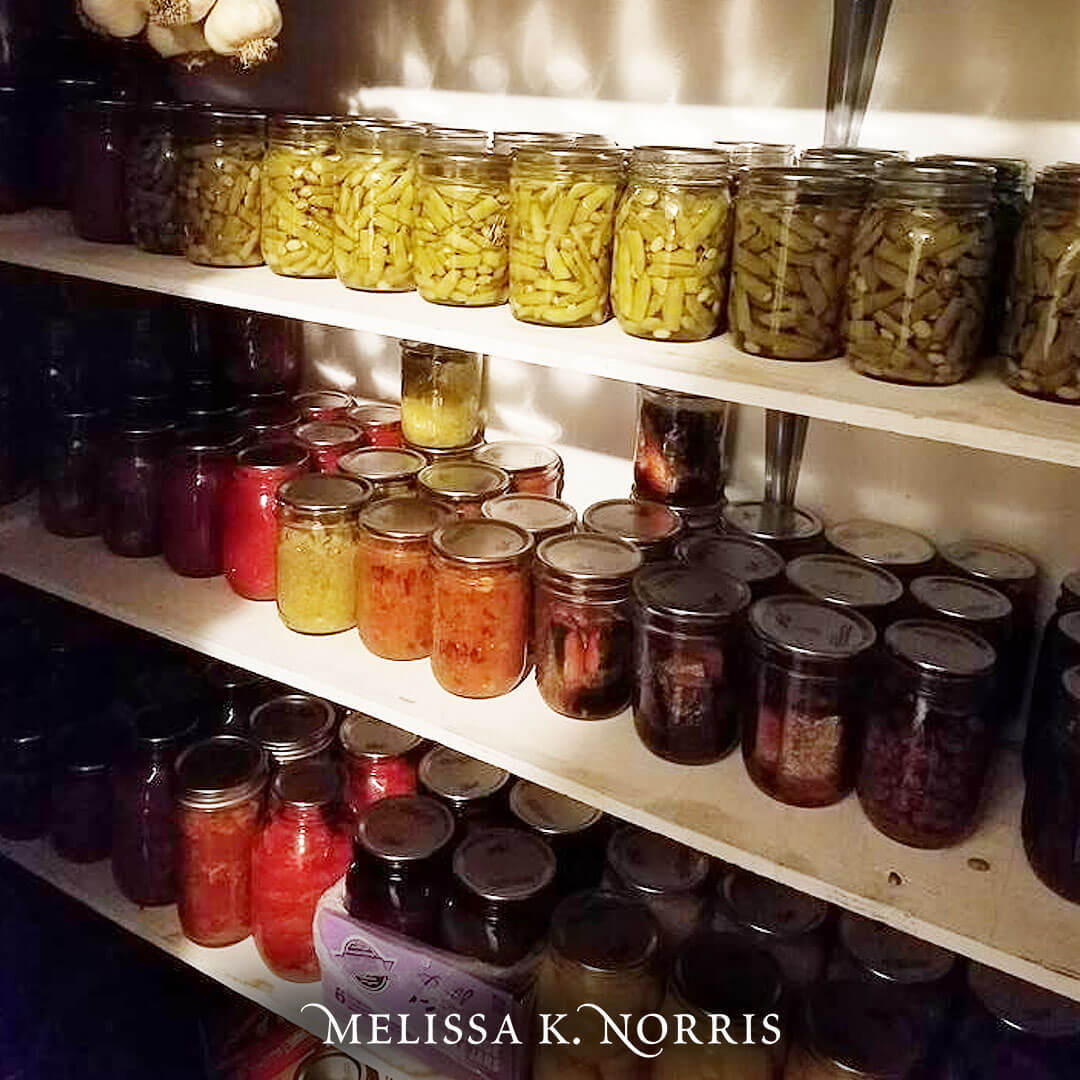To grow your survival garden for off-grid living, choose the right crops and ensure proper soil preparation. Planning and organization are key to self-sufficient agriculture.
Starting a survival garden is a vital part of preparing for off-grid living. Not only will it provide a sustainable food source, but it also offers a sense of self-reliance and independence. Cultivating your own crops takes time, effort, and resources, and proper planning is crucial to ensure maximum yield and survival.
Choosing the right crops and preparing the soil are the first steps to cultivating a thriving survival garden. In addition, it is essential to maintain the garden and properly store the harvest to preserve it for the future. We will explore the fundamentals of starting and maintaining a survival garden for off-grid living.
Table of Contents
Benefits Of A Survival Garden
Growing a survival garden is essential for off-grid living as it provides a continuous supply of fresh produce. Benefits include cost savings, self-sustaining food source, and the ability to control the quality of the produce.
Provides A Reliable Food Source
A survival garden offers a reliable food source that will keep you and your family well-fed during times of crisis. By growing your own food, you will not have to worry about where your next meal will come from. You will be self-sufficient and prepared for any unexpected emergencies that may arise. You will also have the peace of mind that comes from knowing that you are in control of your food supply.
A survival garden ensures that you will have access to fresh fruits and vegetables, which are full of essential nutrients and vitamins. This will help to keep you healthy and strong, which is crucial in a survival situation.
Helps You To Save Money
Growing your own food can also help you to save money. By reducing your reliance on grocery stores and other food suppliers, you can cut down on your expenses and keep more money in your pocket. You can also save money on healthcare costs by eating healthier foods that will help to prevent illness and disease.
Offers A Healthier Lifestyle
A survival garden can also help you to adopt a healthier lifestyle. By consuming fresh, organic produce, you can improve your overall health and wellbeing. You can also reduce your exposure to harmful chemicals that are often found in processed foods.
Promotes Self-Sufficiency
A survival garden promotes self-sufficiency, which is essential for off-grid living. It gives you the skills and knowledge you need to be able to survive and thrive without relying on outside sources. This will help you to be more self-reliant and confident in your ability to provide for yourself and your family.
In conclusion, a survival garden offers a wide range of benefits, including reliable food source, money savings, healthier lifestyle, and self-sufficiency. By starting your own survival garden today, you can be better prepared for any unexpected emergencies that may arise in the future.

Credit: kindfibers.com
Choosing Your Garden Site
Selecting the appropriate garden site is crucial when planning to grow a survival garden for off-grid living. The location should have enough sunlight, adequate soil, and easy access to water sources. Consider factors such as the climate and the type of plants suitable for your chosen site to ensure a thriving garden.
Growing a survival garden for off-grid living can be a great way to ensure a steady supply of fresh and nutritious produce. However, selecting the right site for your garden is crucial for its success. Here are some factors to consider while choosing your garden site.
Finding The Right Location
The first factor to consider when choosing your garden site is its location. The garden should be located in an area that receives plenty of sunlight throughout the day. It should also be situated in a spot that is well-drained and not prone to flooding.
Checking Soil Quality
The soil quality is another important factor to consider. Before planting, it is essential to test the soil to ensure it is fertile and has the necessary nutrients required for plant growth. You can get a soil test kit from any gardening store.
Considering Climate And Growing Season
While selecting a garden site, it is vital to consider the climate and growing season of your area. Choose plants that are suitable for your climate and the length of your growing season. If you live in areas with a short growing season, consider starting your plants indoors.
Assessing Water Availability
Water is an essential component for plant growth, so it is essential to consider the water availability in your area. Assess how much water you need for your plants and whether you have access to a water source, or if you need to set up a rainwater harvesting system for irrigation.
Solar Exposure
The sun is a crucial factor for plant growth, so it is essential to consider the amount of solar exposure your garden site receives. If your garden site has too much shade, it can negatively impact the growth of your plants. Make sure your garden has at least six hours of full sun exposure every day.
In conclusion, selecting the right site for your survival garden is essential for its success. The above factors will help you choose the best location for your garden.
Planning Your Garden
Growing a survival garden for off-grid living requires careful planning. Consider the climate, soil, and available space to determine the types of fruits and vegetables that will thrive. Plan for preserving and storing your harvest for future use.
Growing your survival garden is a crucial step towards achieving self-sufficiency in off-grid living. A well-planned garden can provide fresh produce, herbs, and medicinal plants all year long. However, planning the garden may seem overwhelming without proper guidance. In this article, we will explore the essential key steps when planning your garden to yield a bountiful harvest. Let’s get started!
Analyzing Your Needs
Before designing your garden, you need to analyze your needs. Determine the amount and variety of fruits, vegetables, herbs, and medicinal plants you need for your household. For example, if you have a family of four, you may require approximately six vegetable plants per person to yield enough produce for a year.
Choosing The Right Plants
Choosing the right plants is essential for your survival garden’s success. The plants must be suitable for your climate, soil, and water availability. Select crops that are easy to grow, disease-resistant, and drought-tolerant. Some popular survival crops include potatoes, sweet potatoes, tomatoes, beans, peas, kale, squash, and corn.
Designing Your Garden Layout
Designing your garden layout will help you maximize your garden’s space and yield. You can choose from different layouts such as raised beds, companion planting, or square foot gardening. Consider adding trellises or arches to support your vertical crops such as tomatoes and beans. Also, ensure there’s enough space between the rows for easy access and prevent overcrowding.
Organizing Planting Schedule
Organizing your planting schedule will help you ensure a year-round supply of fresh produce. Identify the planting season for each crop, depending on your climate zone. Plan to plant crops that mature quickly and have a short harvest period first. You can also consider succession planting, where you plant a crop every few weeks to ensure a continuous supply throughout the growing season.
In conclusion, planning your survival garden is a fundamental step towards achieving off-grid living self-sufficiency. Analyzing your needs, choosing the right crops, designing your garden layout, and organizing your planting schedule will help you achieve a productive and bountiful harvest. Let’s start planning your garden today and enjoy the taste and health benefits of fresh, home-grown produce.
Preparing Your Garden Site
Preparing your garden site is vital for growing a successful survival garden for off-grid living. A proper garden site includes ample sunlight, good drainage, and fertile soil. Consider testing the soil and adding compost or other organic matter to improve its nutrition.
Preparing Your Garden Site for Off Grid Living
When it comes to off-grid living, one of the best ways to ensure a steady supply of fresh food is to grow your survival garden. However, before you start planting your seeds, it’s important to get your garden site ready. This involves clearing the ground, building raised beds, composting and fertilizing, installing an irrigation and drainage system, and implementing mulching and weed control techniques. In this article, we’ll be focusing on these steps to help you get started on preparing your garden site.
Clearing the Ground
Before anything else, you need to have a clear and leveled ground for your garden. This means removing any debris, rocks, weeds, or unwanted plants that may hinder the growth of your crops. You can use a hoe, shovel, or rake to dig out the weeds and roots, then lay down a landscape fabric or cardboard to prevent their growth. Alternatively, you can also use a rototiller to break up the soil and prepare it for planting.
Building Raised Beds
Building raised beds is another great option for off-grid gardening, as they provide better soil control, water drainage, and weed prevention. To build your raised beds, you can use wood, concrete blocks, bricks, or even recycled materials like tires or barrels. Make sure to choose a suitable location with enough sunlight and good air circulation, and fill the beds with a blend of organic soil, compost, and inorganic materials like perlite or vermiculite.
Composting and Fertilizing
Composting and fertilizing are essential for maintaining healthy soil and nourishing your plants. You can create your compost by mixing organic matter like kitchen scraps, yard waste, and manure, then letting them decompose for a few weeks to several months. Once the compost is ready, you can spread it over your garden or add it to your raised beds. Additionally, you can also use organic fertilizers like bone meal, fish emulsion, or kelp meal to provide your plants with essential nutrients.
Irrigation and Drainage System
An irrigation and drainage system is necessary to ensure your plants receive the right amount of water and avoid waterlogging or erosion. You can install a drip irrigation system, a sprinkler system, or use watering cans and hoses. Make sure to choose a system that suits your needs, the size of your garden, and the climate of your area. Additionally, you should also create a drainage system to prevent water buildup and soil erosion, by implementing a sloping ground, a French drain, or a gutter system.
Mulching and Weed Control
Mulching and weed control are important for retaining soil moisture, preventing weed growth, and regulating soil temperature. You can use organic mulches like straw, hay, leaves, or wood chips, or inorganic mulches like plastic or rubber. Spread the mulch around your plants, but leave some space around the stem to avoid rotting. For weed control, you can use organic methods like hand weeding, hoeing, or vinegar, or inorganic methods like herbicides. However, make sure to choose the right method that is safe for your plants and environment.
By following these steps, you’ll be able to prepare your garden site for off-grid living and grow a healthy and sustainable survival garden. Remember to keep your soil healthy, water your plants regularly, and protect them from pests and diseases. With the right care and preparation, your survival garden will provide you with fresh and nutritious food all year round.
Caring For Your Garden
Now that you’ve successfully planted your survival garden, it’s important to care for it so that your plants thrive and produce a bountiful harvest. Caring for your garden involves a few essential tasks, such as pruning and staking, pest and disease control, harvesting and storage, and seed saving techniques.
Pruning And Staking
Pruning and staking are crucial for the health and growth of your plants. Pruning is the process of removing dead, damaged, or diseased branches to encourage new growth. It’s also done to shape and control the size of the plant. Staking, on the other hand, is used to support the stems and branches of tall or heavy plants to prevent them from breaking or bending under their weight.
Some plants such as tomatoes, peppers, and cucumbers need to be staked to support their vertical growth. Use bamboo stakes, metal cages or trellises to stake your plants. While pruning and staking, remember to wear gloves and use clean and sterilized pruning shears to avoid the spread of diseases.
Pest And Disease Control
Pests and diseases can destroy your garden and ruin months of hard work. Keeping pests and diseases under control is essential. Keep an eye on plant leaves, flowers, stems, and fruits to detect any signs of damage or infestation.
There are a variety of organic and synthetic methods to control pests and diseases, such as neem oil, insecticidal soap, and natural predators. Use the appropriate method, depending on the type of pest or disease affecting your plants. Take care not to overuse chemicals or pesticides, as they can be toxic to humans and animals.
Harvesting And Storage
Harvesting your crops at the right time is crucial to maximize their nutritional value and taste. Each plant has a different harvesting time, so it’s important to research the optimal time to harvest each crop.
After harvesting, it’s important to store your crops properly. Different types of vegetables and fruits have different storage requirements, some need to be refrigerated, while others can be stored at room temperature. Proper storage ensures your harvest remains fresh and healthy and minimizes any waste.
Seed Saving Techniques
Seed saving is the process of collecting and storing seeds from your harvest, which can be planted the following growing season. Proper seed saving ensures that your crops maintain their genetic diversity and adapt to your local conditions.
Ensure that the seeds you save are from healthy, vigorous plants that are free of diseases and pests. Store your seeds in a cool, dry place in airtight containers to protect them from moisture and pests. Label each container with the name of the crop and the date it was harvested.
Caring for your garden is an ongoing process that requires regular attention and care. However, by following the above-mentioned practices, you’ll ensure that your garden remains productive and healthy for years to come.
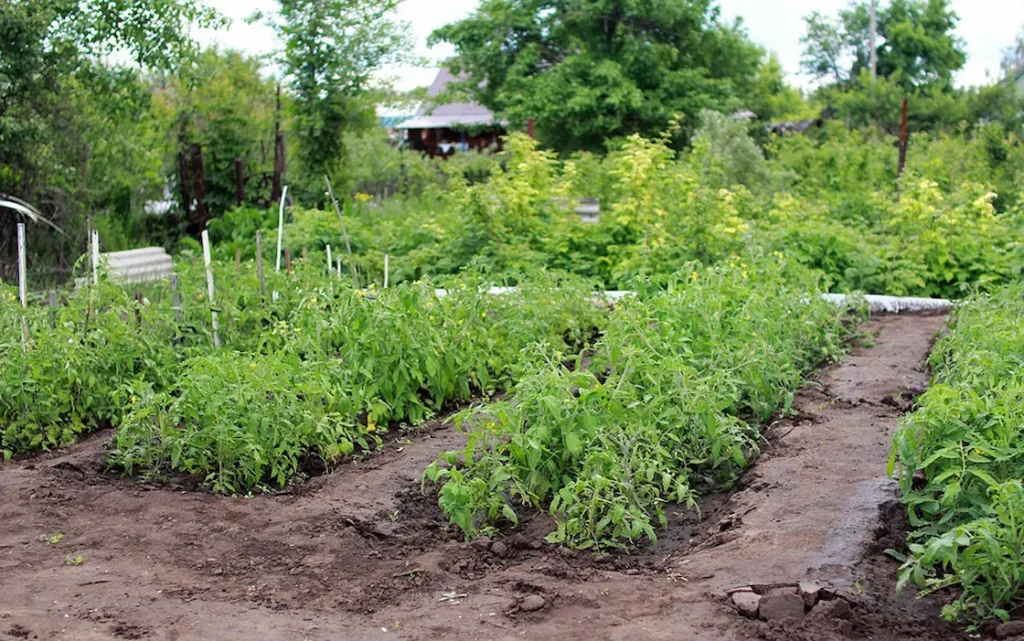
Credit: offgridworld.com
Integrating Livestock
Creating and sustaining a thriving survival garden is crucial if you’re planning to live off-grid. But did you know that integrating livestock can improve your garden’s productivity? When you raise chickens, small animals, fish, bees, and use worm composting systems, you provide your garden the nutrients it needs to yield a bountiful harvest. In this article, we’ll explore how integrating livestock into your garden can ensure your survival and improve your off-grid living experience.
Chicken And Small Animals
Raising chickens and small animals like rabbits, ducks, and goats can contribute to your garden’s ecosystem. Since these animals produce manure, you can use it as fertilizer to enrich your soil. Chickens, for example, can also help control pests, such as slugs, snails, and insects that damage plants. They can also reduce weed growth by grazing on weed seeds. Moreover, collecting fresh eggs from your chickens every day ensures a steady food supply, which can save you money and time.
Fish Farming And Aquaponics
Aquaponics is a farming technique that uses fish waste to fertilize plants and provide them with essential nutrients. The fish that you raise in your aquaponics system produces ammonia-rich waste, which is a great source of nitrogen for your plants. The plants, in turn, absorb the nutrients and purify the water, which you can cycle back to the fish tank. This creates a symbiotic relationship between fish and plants. In addition to food cultivation, aquaponics systems can be used for ornamental and medicinal plant cultivation.
Beekeeping
Honeybees and other pollinators are essential to your garden’s health and productivity. Bees help pollinate flowers, fruit trees, and vegetables, which are integral to preserving the diversity of plants. By keeping bees, you can improve your garden’s pollination, which in turn boosts its yield. Honey produced by bees can also provide a valuable food source, and beeswax is useful for many household purposes. Beekeeping is a fascinating and rewarding hobby that can also help you maintain a healthy and thriving garden.
Worm Composting
Worm composting is a simple and effective way to reduce food waste, produce high-quality compost, and promote healthy soil. A worm composting system, also known as vermicomposting, uses earthworms to break down organic matter into nutrient-rich compost. You can easily set up a worm composting system in your backyard using a compost bin, worms, and organic scraps. Worm castings are rich in phosphorus, potassium, and nitrogen, which are great for plant growth and development. The worm compost can be mixed with soil and used in your garden as a natural fertilizer.
Recipes And Preservation Techniques
Learn recipes and preservation techniques to make the most out of your survival garden for off-grid living. Discover effective ways to grow and preserve fruits, vegetables and herbs to ensure a sustainable food source for your family even in the absence of power and modern amenities.
Recipes and Preservation Techniques are essential for off-grid living. Knowing how to can and pickle, dehydrate and freeze, use herbs and spices, and create homemade remedies can help extend the life of your survival garden and ensure you have fresh, nutritious food all year round.
Canning And Pickling
Canning and pickling are great methods to preserve your vegetables, fruits, and herbs long after the harvest season. The canning process involves heating the food in tightly sealed jars, while pickling involves soaking the produce in vinegar or brine. Both methods allow you to enjoy your survival garden’s flavors many months later.
To can or pickle, first sterilize the jars, lids, and utensils. Then, follow the recipe to fill the jars with your chosen food and seal the jars. Place the jars in a boiling-water canner, heat, and process. Always follow the recommended processing time and procedures to ensure maximum safety.
Dehydrating And Freezing
Dehydrating and freezing are other techniques that aid in preserving your survival garden’s bountiful harvest. Dehydrating food removes the water content from your produce, leaving behind nutrient-packed, lightweight snacks. Freezing food involves placing the produce in a freezer with a temperature below 0 degrees Fahrenheit. Both methods allow you to consume fresh produce many months later.
To dehydrate items, slice the produce evenly and place it in a dehydrator according to the manufacturer’s instructions. To freeze food, blanch produce first in boiling water, and then immerse in an ice bath. Place food in freezer-safe bags or containers.
Herb And Spices
Growing herbs and spices in your survival garden can go beyond providing flavor and aroma to your dishes. By learning how to dry and store them correctly, you can extend their shelf life and enjoy their medicinal benefits. For instance, herbs like lavender and chamomile can be dried and brewed to make herbal tea.
To dry herbs, cut the stems and hang upside down in a dry and dark area. Once dry, store them in airtight containers to maintain potency. Alternatively, you can freeze herbs by chopping them and placing them in ice cube trays filled with water.
Home-made Remedies
In off-grid living, making homemade remedies from your survival garden can help heal minor ailments. For instance, you can use aloe vera to soothe sunburn or lavender oil to relieve headaches and promote relaxation.
To create home remedies, research different recipes and techniques. For instance, you can infuse herbs like rosemary or thyme into oils to make topical ointments. Or mix honey and elderberry to create a natural cough syrup. Always research and understand the appropriate dosages and applications before using homemade remedies.
In conclusion, knowing how to preserve and utilize your survival garden’s produce through canning and pickling, dehydrating and freezing, herbs and spices, and homemade remedies is crucial for off-grid living. By mastering these techniques, you can ensure an abundant and delicious harvest all year round, leading to a wholesome and self-sufficient way of life.
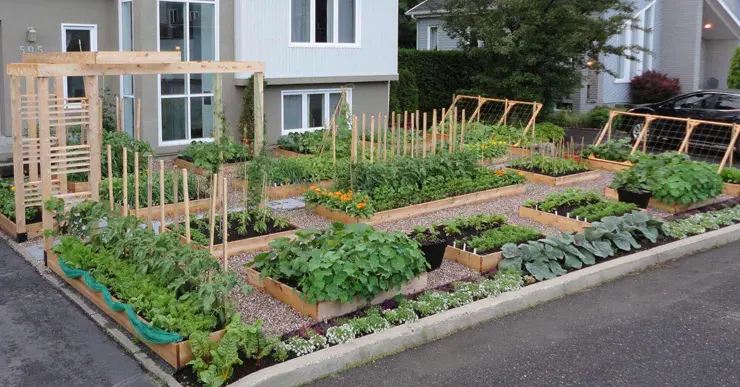
Credit: offgridliving.net
Challenges And Solutions
Off-grid living is a fulfilling lifestyle, but it comes with its set of challenges. One of the most critical challenges is growing your survival garden. A survival garden is a must-have for anyone planning on living off the grid. The garden provides food and medicinal plants for you and your family. But before you start your garden, you need to prepare for some potential challenges that may arise. In this section, we’ll cover some major challenges and solutions.
Climate Change And Extreme Weather
Climate change has been affecting our planet for years, resulting in weather extremes that can harm your garden. Rising temperatures, erratic rainfall, and extreme weather events can damage your crops. A solution to this challenge is to use natural techniques such as mulching, using shading tools, and selecting crops that thrive in the local environment.
Pest And Disease Outbreaks
Keeping pests and diseases at bay is crucial in maintaining a healthy garden. Pesticides can negatively affect your health and damage soil and water systems. The solution is to use natural means such as crop rotation, companion planting, and natural insecticides. Encouraging beneficial insects to your garden is also an effective solution.
Soil Depletion And Nutrient Imbalance
Over time, the soil in your garden can lose vital nutrients, leading to nutrient imbalances, which can negatively affect crop growth. One solution to this problem is composting, which can provide a natural method for restoring nutrients to your garden. Crop rotation and using natural fertilizers such as bone meal and seaweed are also effective.
Water And Energy Usage
A survival garden demands water and energy, and off-grid living relies on alternative energy sources. A solution is investing in energy-efficient appliances and using renewable sources such as solar power. You also need to ensure that you conserve water by collecting rainwater and using drip irrigation systems.
Lack Of Knowledge And Skills
Another challenge in growing a survival garden is a lack of knowledge and skills. You can overcome this by learning from local farmers and attending workshops. You can also start with easy-to-grow crops and gradually expand your garden as your skills and knowledge grow.
Conclusion
The benefits of growing a survival garden for off-grid living cannot be overstated. With the right techniques, tools, and knowledge, you can enjoy fresh and healthy produce all year round. Remember to plan your garden, choose the right crops, and prioritize maintenance.
With perseverance and dedication, you will surely reap the rewards of a bountiful harvest. Start your survival garden today and enjoy the fruits of your labor!



